Most websites, especially small business websites, are poorly designed.
That might not mean that they don’t look good (and I’m certainly not saying that great design isn’t crucial), but it means they don’t DO anything, and are designed without any thought to what we actions we want our visitors to take on the site.
We think about this in terms of actions and incentives. Let’s think about an average small business website, which might have a structure something like this:

What action do we want the visitor to take when they come to the site? Assuming this is a service business where the visitor won’t make a purchase on the site, we want them to contact us. We want to convert the visitor into a lead which we can then convert into a sale.
To get the visitor to take the action we require, we need to add a call to action, or a CTA. Let’s say we add some juicy text and design to the contact page saying “contact us now!”, enticing the user to contact us.

But we can do a bit better than this. Since we have in mind the action that we want (a contact), why are we letting those other pages sit around doing essentially nothing? Why let a visitor go to the other pages without asking them to contact us from there as well? Let’s add another section to each of those pages asking the visitor to contact us as well.

Now we’re starting to move towards a website which actively funnels our users into the action we want to take. But we can do better still by creating an incentive for the user. Let’s give them a reason to contact us.

Now we’re telling the user why they’re going to contact us, and what’s going to happen when they do. We’re making it simple for them and giving them a good reason to take our required action.
Some people think this approach is too salesy and that visitors will be put off, but in reality the opposite is true. The visitor knows straight away what the next step in the process is, and we make it easy for them to take it if they want to. We’re showing that we’re keen to serve them, and taking the hassle out of the process.
Secondary Conversion Goal
So far so good. In taking these actions we have probably increased the number of conversions on our site. Let’s say from 10% to 20%:

But what about the 80% of visitors that still don’t convert, or who aren’t ready to convert right now? What if we could get 10% of them to sign up to our mailing list or social media? It’s not as good as if they contacted us straight away, but if gives us the opportunity to sell to them later on, rather than losing them completely. We’ll call this our secondary conversion goal.

Let’s incentivise our visitors to join our mailing list by giving them something else useful for free. If we’ve done our research (which we’re doing all the time) then we know what sort of information is going to be useful to our visitors, so we create a free report or information pack which they can download automatically when they join our mailing list. Let’s add that to our homepage.

Now this website looks exciting to the user because it’s giving away tons of free stuff. It feels proactive and ready to help us. We can use our free information pack in another way as well. People leaving the website aren’t ready to convert straight away, but may well be interested in getting some free information. So let’s use a popup window that senses when the user moves their mouse to the top of the screen to leave the website, and asks them if they’d like to download the information pack before they leave.

Now we have taken our website from being a wallflower, hoping that the customer will take the initiative, into a proactive tool in our marketing campaign that funnels visitors into a conversion.
What next?
Now that we have turned our website into a converting machine, we can look at:
1. Constantly increasing the conversion rates. By looking at the path visitors take through our site and which pages they drop off from, we can refine the funnel to constantly lead more of them to a conversion.
2. Attracting more visitors to our site. The higher our conversion rates, the more value for money we get from any advertising we do and the more worthwhile it is attracting traffic.
3. Turning more of our mailing list signups to conversions (including customers we have already sold to and signed up to our list to sell to again.
Finally
Take some time before designing any website to think about what actions you want your visitors to take and ask yourself “what do I want this website to DO?”. By starting with your goal in mind you will create a website that better drives your business, with measurable outcomes which you can improve on over time. Your business should be an active part of your marketing campaign. Don’t let it be a wallflower.
